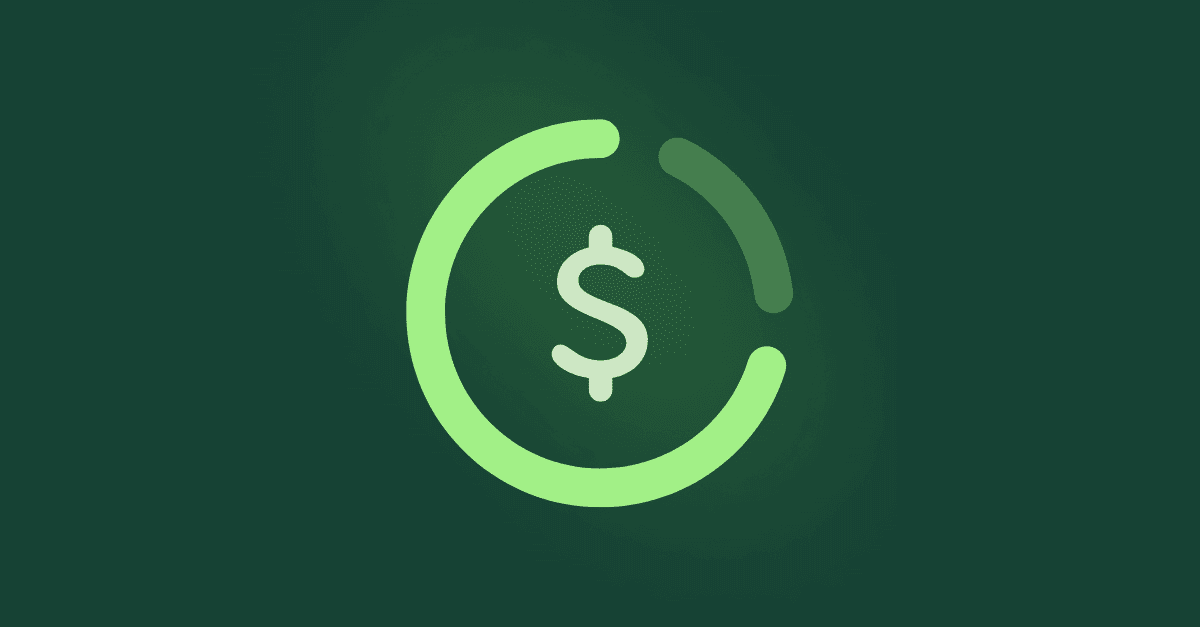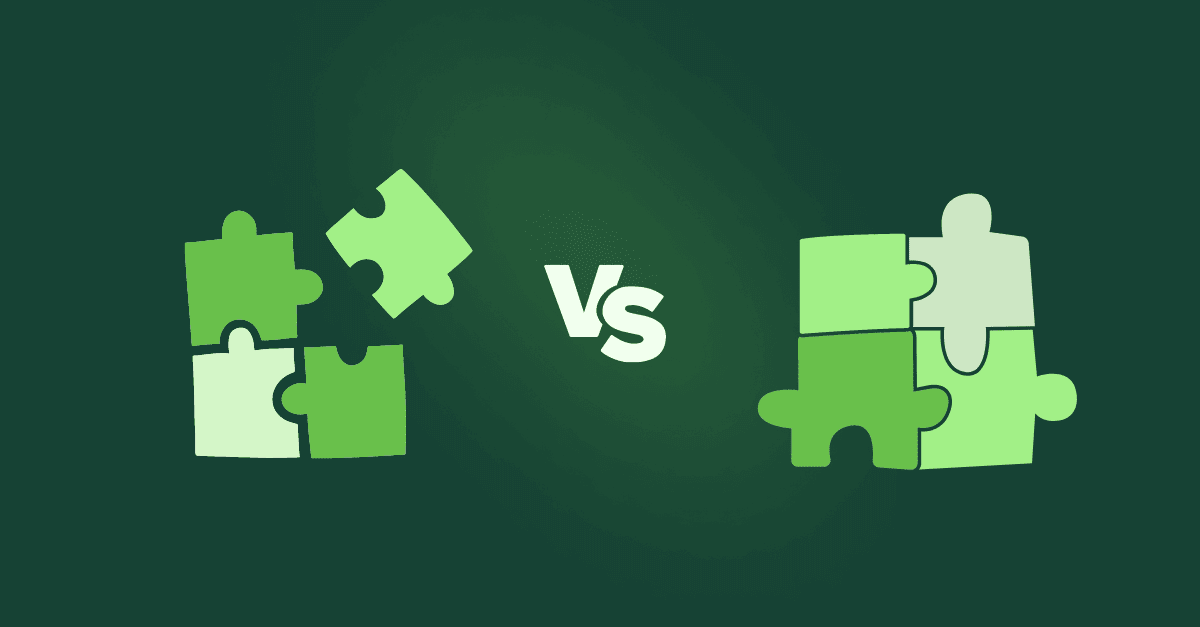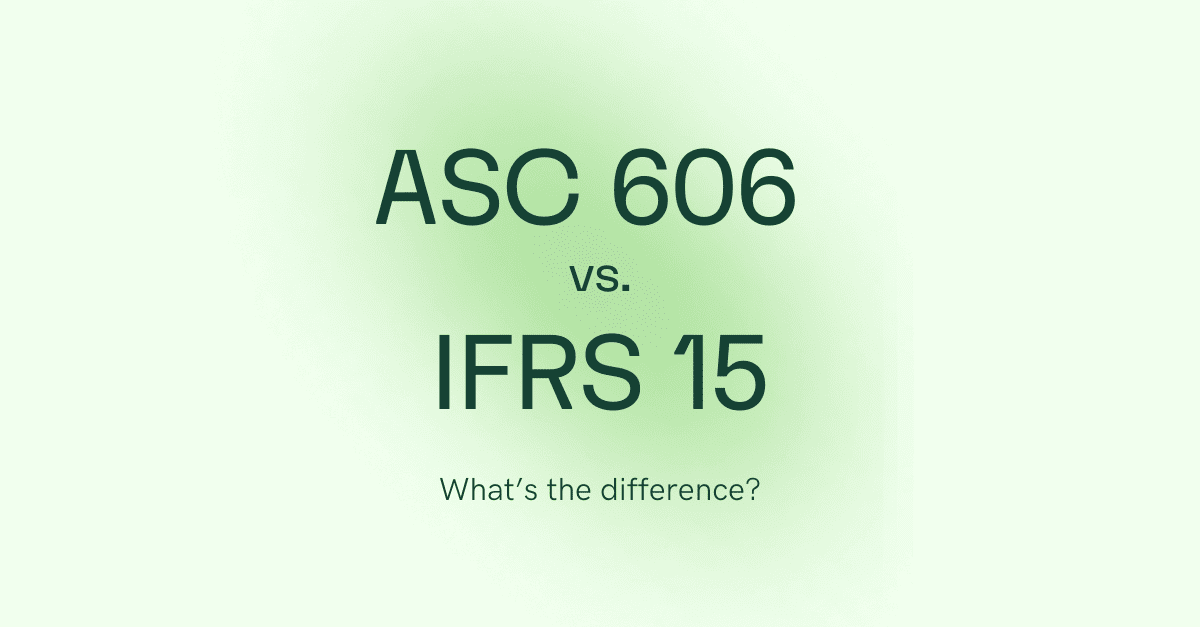Inflation, a potential recession, and currency fluctuation are all we hear about lately. However, coming off the heels of Dreamforce and Q2 earnings calls, we found it interesting to look at Salesforce and Snowflake earnings reports and compare what the two companies are seeing.
You can look at market leaders and how their businesses are fairing during economic uncertainty to understand how your business might be affected similarly. Let’s look at two market juggernauts, for example.
Salesforce and Snowflake released their Q2 earnings on August 24, 2022. They have a combined market cap of $210B+ while having different revenue models. Salesforce is subscription-based, while Snowflake has pioneered the consumption or usage-based revenue model. First, let’s look at the Q2 Earnings reports for each company.
Salesforce
Salesforce, the global leader in CRM, is a good indicator of the larger SaaS industry’s health, given its size and breadth of customers.
- Revenue of $7.72 Billion, up 22% Y/Y, 26%
- Subscription and support revenues were $7.14 billion, an increase of 21% Y/Y.
- Professional services and other revenues were $0.58 billion, an increase of 35% Y/Y.
- Current Remaining Performance Obligation of $21.5 Billion, up 15% Y/Y
- Third Quarter FY23 Revenue Guidance of $7.82 Billion to $7.83 Billion, up ~14% Y/Y, 18% CC
- Full Year FY23 Revenue Guidance of $30.9 Billion to $31.0 Billion, up ~17% Y/Y, 20% in CC
- Full Year FY23 GAAP Operating Margin Guidance of ~3.6% and Non-GAAP Operating Margin Guidance of ~20.4%
- Full Year FY23 Operating Cash Flow Guidance of ~16-17% Y/Y
- Cash Flow: Operating cash flow for the second quarter was $0.33 billion, a decrease of (13)% Y/Y. Free cash flow was $0.13 billion, a decrease of (24)% Y/Y.
- Announces share repurchase program authorized by Board of Directors to repurchase up to $10.0 Billion
Per the release, “As of August 24, 2022, the company is initiating its third quarter GAAP and non-GAAP EPS guidance, current remaining performance obligation growth guidance, and revenue guidance. The company is updating its full-year FY23 revenue guidance, GAAP and non-GAAP EPS guidance, GAAP and non-GAAP operating margin guidance, and operating cash flow guidance.
Our guidance assumes no change to the value of the company’s strategic investment portfolio as it is not possible to forecast future gains and losses.”
What they’re seeing per the earnings call:
- Revenue growth and pipeline were resilient in Q2. Revenue is up 22% y/y (or 26% on a constant currency basis).
- Sales cycles started to slow in July. This is because customers are more measured in how they buy; executives are more involved in deals and they are scrutinizing all purchasing decisions more than ever before.
- Slack/self-service/PLG revenue has taken a hit – Salesforce views that as a signal of the broader macroeconomy.
- Platform consolidation has become a key theme. This works in Salesforce’s favor. Seven of the ten biggest deals included Slack.
- Platform, including Slack, was the most substantial segment with 53% Y/Y growth, and eCommerce was the weakest (GMV is decelerating).
Snowflake
Snowflake, the leading provider of cloud-based data storage and cloud computing solutions, recognizes most of its revenue as customers consume the platform. This revenue model is called consumption-based or usage-based pricing.
- Product revenue of $466.3 million in the second quarter, representing 83% year-over-year growth
- Remaining performance obligations of $2.7 billion, representing 78% year-over-year growth
- 6,808 total customers
- Net revenue retention rate of 171%
- 246 customers with trailing 12-month product revenue greater than $1 million
However, investors often fear this type of revenue model could lead to easier separation with providers because users aren’t locked in as they would be with a subscription-based model. Yet, Snowflake’s growth exploded to 83% Y/Y, and net revenue retention is an unbelievable 171%.
What they’re seeing per the investor presentation:
- No slowdown (yet) from the macroeconomy. The corporate sales team beat their net new bookings goal.
- Hiring at a rapid rate. Snowflake added 1,000 net new employees and isn’t slowing down.
- The consumption model is more attractive for customers because they have the flexibility to throttle up/down however they want. They can’t do that with a SaaS model.
- More revenue is “on demand” as some customers don’t want to make a big commitment and prefer to pay as they go.
What can you take away from both stories?
- Tell a compelling story about value for money to avoid being cut. You need to prove value in the sales cycle.
- Budget allocation and trimming will be top of mind going into budget planning for 2023; sell your money-saving potential.
- Now is a great time to have a vendor consolidation play. Can you bundle your products or partner with others to offer more-for-less?
- App and platform consolidation is a great way to reduce costs. Look for platform providers who natively connect data across your platforms. Providers offering a single-source-of-truth integrated platform reduce integration and implementation costs while optimizing process efficiencies. For example, RightRev offers automated revenue recognition within Salesforce that utilizes approved Quotes and Orders from CPQ and Billing to generate rules-based revenue contracts according to performance obligations and syncs revenue data into your ERP. RightRev is a complete revenue sub-ledger within Salesforce for that single-source-of-truth platform experience.
- Product usage is the best indicator of long-term revenue and value. Ensure customers don’t see your product as shelfware and are increasing their consumption of the product.
- Insight into revenues by product, region, and revenue stratification are important reports providing the data-driven decisions CFOs, CAOs, and CROs need. RightRev offers advanced reporting capabilities like the above examples, and users can also add and combine any data attributes from their contracts to help understand how to maximize revenue.
- Don’t dismiss usage-based or consumption pricing because investors think it’s “less predictable.” Instead, make sure your pricing aligns with how customers want to buy.
- Having front-office and back-office systems that are flexible enough to adapt to changing business needs is essential to stay competitive. Make sure your applications allow your business to adopt new revenue models as needed and offer the flexibility to support those models now and in the future as needs shift. RightRev accommodates for consumption and/or usage-based revenue model requirements for ASC 606 revenue recognition.
To see a demo of RightRev’s subscription and consumption-based revenue recognition capabilities, schedule a demo today.
This post and the information presented are intended for informational purposes only. The views expressed herein are the author’s alone and do not constitute an offer to sell, or a recommendation to purchase, or a solicitation of an offer to buy, any security, nor a recommendation for any investment product or service.




